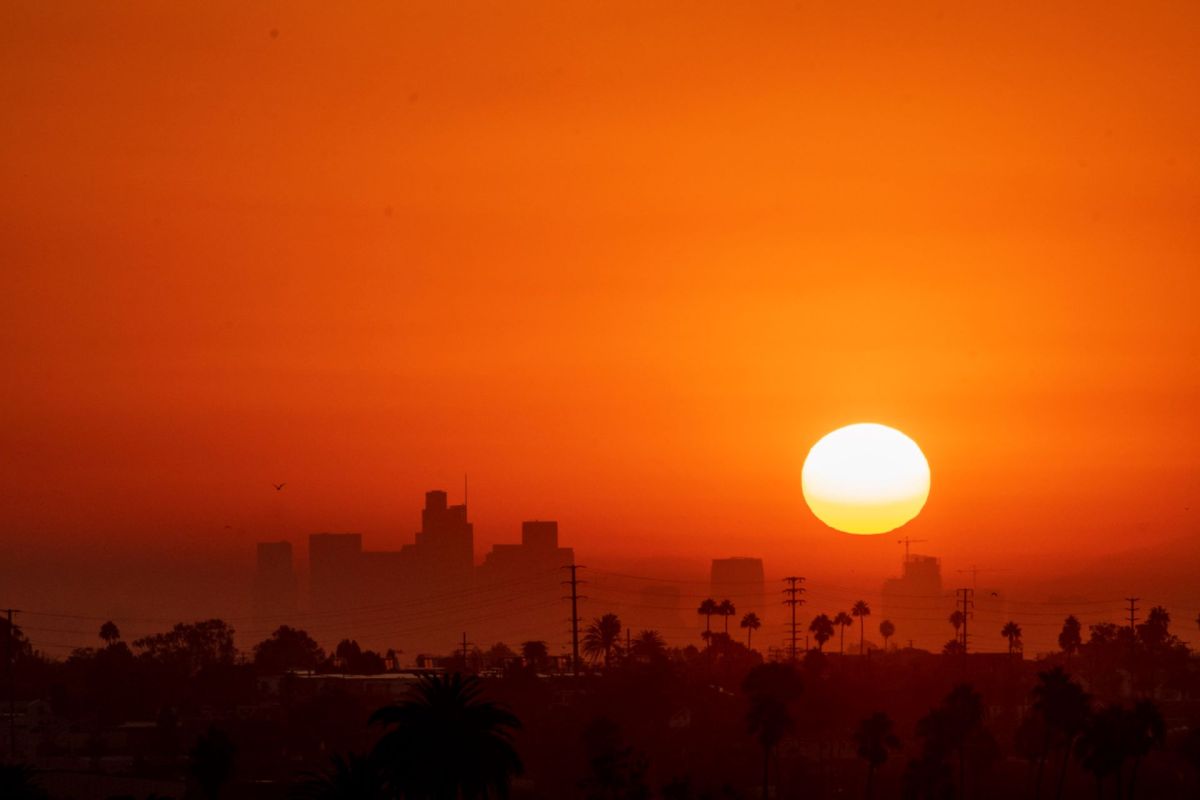If you've experienced a natural disaster or extreme weather event in your area, you've likely considered moving to a place that is less likely to be affected by such issues.
However, in the United States, it seems there are not many places to hide from disaster risks, as areas previously touted as "climate havens" are seeing more weather-related dangers or are not adequately prepared for natural disasters that may be on the way.
What is a climate haven?
As The Conversation noted, in an article also published on Phys.org, "climate havens" are locations considered to be a natural refuge from the impacts of changing climate conditions.
The academic newsletter listed a few places that have previously been given such a label, with many in the Great Lakes region, the Upper Midwest and the Northeast. Among them are Buffalo, New York; Ann Arbor, Michigan; and Madison, Wisconsin.
Why are these climate havens no longer so desirable?
A number of these locales have had their own extreme weather events in recent years.
Areas in Michigan and Wisconsin have suffered storm damage and flooding in 2023, while Buffalo in late 2022 experienced four feet of snowfall, leading to around 50 deaths and leaving many residents without power or heat.
Meanwhile, a lot of the areas listed as climate havens are older towns and cities that don't necessarily have the infrastructure to deal with weather events caused by a changing climate.
Electricity grids, stormwater control systems and transportation networks might not be robust enough to handle extreme heat, flooding or storm damage.
Can climate havens adapt to these changes?
It's possible for these places to make changes to prepare for future weather-related disasters, but it will take time and money as well as commitment from local government organizations.
With weather conditions changing rapidly, preparations will need to begin sooner rather than later. According to The Conversation, citing federal data from Federal Emergency Management Agency, the average number of disaster declarations since 2000 has almost doubled when compared to the previous 20-year period.
Most significant weather-related disasters are linked to a warming climate, so carbon reduction will also be key to reverse these trends.
According to Climate Impact Lab, many of the places once described as climate havens will see some of the highest temperature increases in the United States between 2040 and 2059.
Join our free newsletter for cool news and cool tips that make it easy to help yourself while helping the planet.









